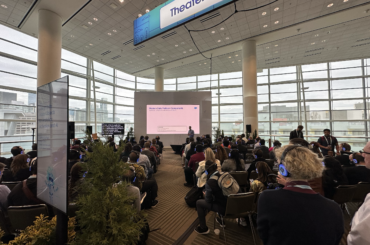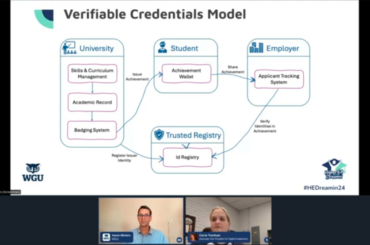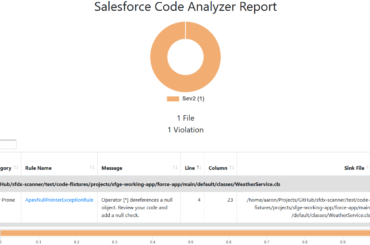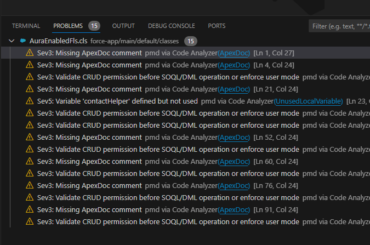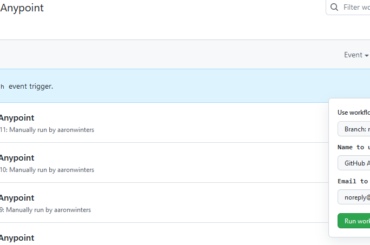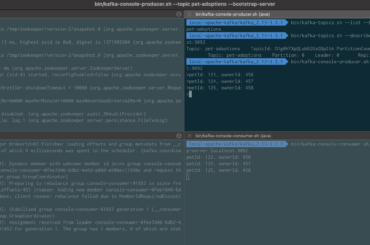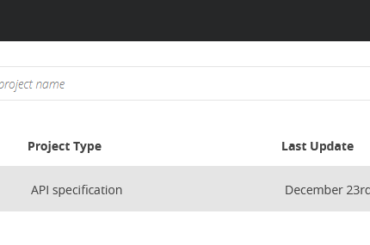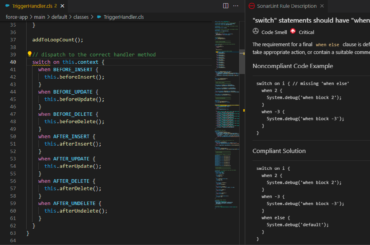Explore using industry-specific data standards to design data model objects in Data Cloud that can consolidate fragmented and multi-format data sources into a single view of the customer.
Latest posts
Higher Ed Dreamin’ 2024 Resources – Digital Credentials and Skills
This page includes resources related to the Higher Ed Dreamin’ 2024 session. Session Title Bridging the Employer-Workforce Divide with Digital Credentials and Skills Session Description This talk will explore innovative strategies for leveraging digital credentials to close the skills gap, specifically, the role that Salesforce products, including Education Cloud, can […]
Prevent Null Pointer Exceptions with Salesforce Graph Engine
Salesforce Graph Engine performs more complex checks than an average static analysis tool because Graph Engine uses data flow analysis, which is a technique for gathering information about the possible set of values calculated at various points in the application.
Getting Started with the Salesforce Code Analyzer
Salesforce recently announced the general availability of their own code analyzer tool, which brings popular quality scans to the local development environment, including PMD, ESLint, RetireJS, Cop/Paste Detector and Salesforce Graph Engine.
Build Your Own Synchronization between GitHub and Anypoint API Designer
In a previous post we looked at how to author an API specification locally and save to Anypoint Design Center, as well as how to manually sync changes made on the Anypoint platform to your local computer. One of the benefits of maintaining the API specification on your local computer […]
3 Options for Running Kafka Locally
In this post, we will explore several options for setting up Kafka on your local computer. Each option provides various benefits and capabilities, so the best option will depend on your needs. Overview For each option we will install and run a Kafka implementation locally and we will publish and […]
OpenAPI Specification Development with Mulesoft using Anypoint CLI
In this post we will explore how to create an API specification and save to the Mulesoft Anypoint platform from the command line so that we can take advantage of the platform’s API management capabilities. Business Scenario We are going to create a REST API for a pet adoption agency. […]
Data Generation Recipe for Student Success Hub
As residential universities struggle to establish the level of student engagement with in-person courses that existed before the pandemic, some are looking at implementing the type of student support infrastructure that has long been in place at online universities, which typically cater to working adults juggling many priorities. For universities […]
View Sonar Analysis for Apex in VS Code
In previous posts, we looked at how to set up SonarCloud code analysis for Salesforce using automatic analysis, as well as GitHub Actions to trigger scans from a CI job. Show the results of code analysis once changes are merged to a shared branch is great, but ideally develops are […]
Add Apex Code Coverage to GitHub Pull Requests with SonarCloud
In the previous SonarCloud post, we looked at how to set up SonarCloud code analysis for Salesforce using automatic analysis, as well as GitHub Actions to trigger scans from a CI job. If you want to include Apex test code coverage in the SonarCloud dashboard then running the scan from […]
